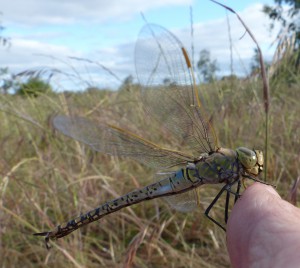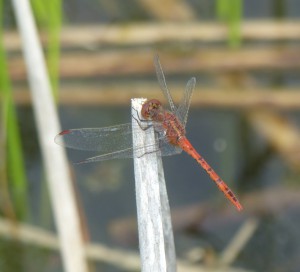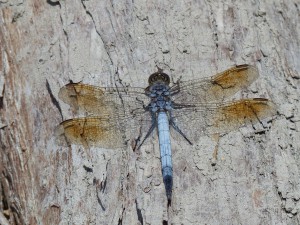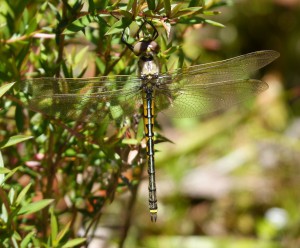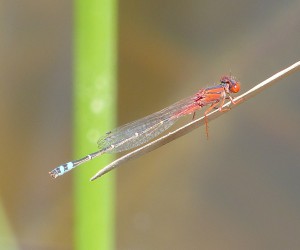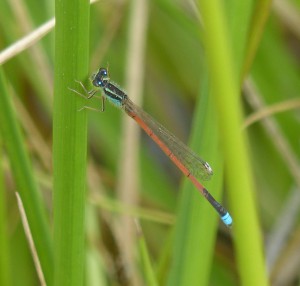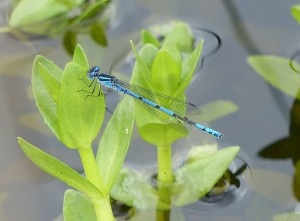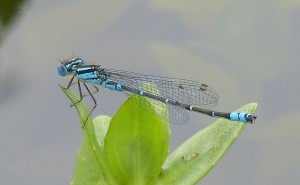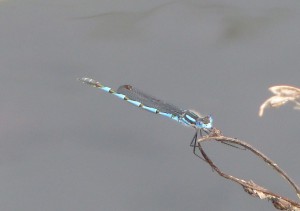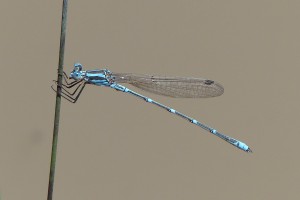Damselflies and Dragonflies are hitting the skies over wetlands this spring
Have you gone for a wander around a freshwater wetland lately or even a dam? Well, if you haven’t I suggest on the next sunny day that you do. Apart from avoiding the scaly things ‘that slip and slide around’ and the things that ‘suck your blood’ (like leeches and mosquitoes), there are an amazing array of damselflies and dragonflies flying at the moment. This year I’ve decided (as we’ve had such a good wet season) to visit a small selection of wetlands in the district each month and document (photograph and count) the species and what time of year they are flying (or flight periods).
Identification of these water bugs I’ve always found difficult but with a good digital camera in hand with a zoom lens we can bring ourselves up close and personal with these wonderful creatures without disturbing them. A few reference guides have come out for Victorian Odonata (Odonata is the Order of insects of which damselflies and dragonflies are classified) and there is an Australian field guide too, and of course the internet can help. So for those of you that spend time out in the bush in south-west Victoria and south east South Australia, the following species are flying at the moment. (Note: all photos are of males)
Dragonflies
The Australian Emperor is our largest and the Wandering Percher is our smallest dragonfly. The male Percher is red and the female yellow to grey.
The Blue-spotted Hawker is similar in size to the Emperor but note the body colour and side stripes!
The last of the big five is the common and widespread Black Emerald (or Tau Emerald)
Damselflies
The common differentiation between damselflies and dragonflies is that a damselfly can fold/lay their wings down along their bodies, whereas dragonflies can’t, they are always fixed at 90 degrees.
The Swamp Bluet is only documented to occur in Victoria, but we’ve now found them in a wetland in SA!!! Don’t tell anyone.
The Inland Ringtail is new to me and has only been only seen in November in Bangham and Wimmera districts so far.
Yet to emerge is the smallest species of all, the Ancient Greenling damselfly (Hemiphlebia mirabilis) – which of course is NGT’s logo! This one I have previously seen from late November, but as the season for butterflies and cicadas is later than normal, I suspect they might be too.
If you’d like to come out sometime when we’re doing a survey of a swamp let me know. Contact:

